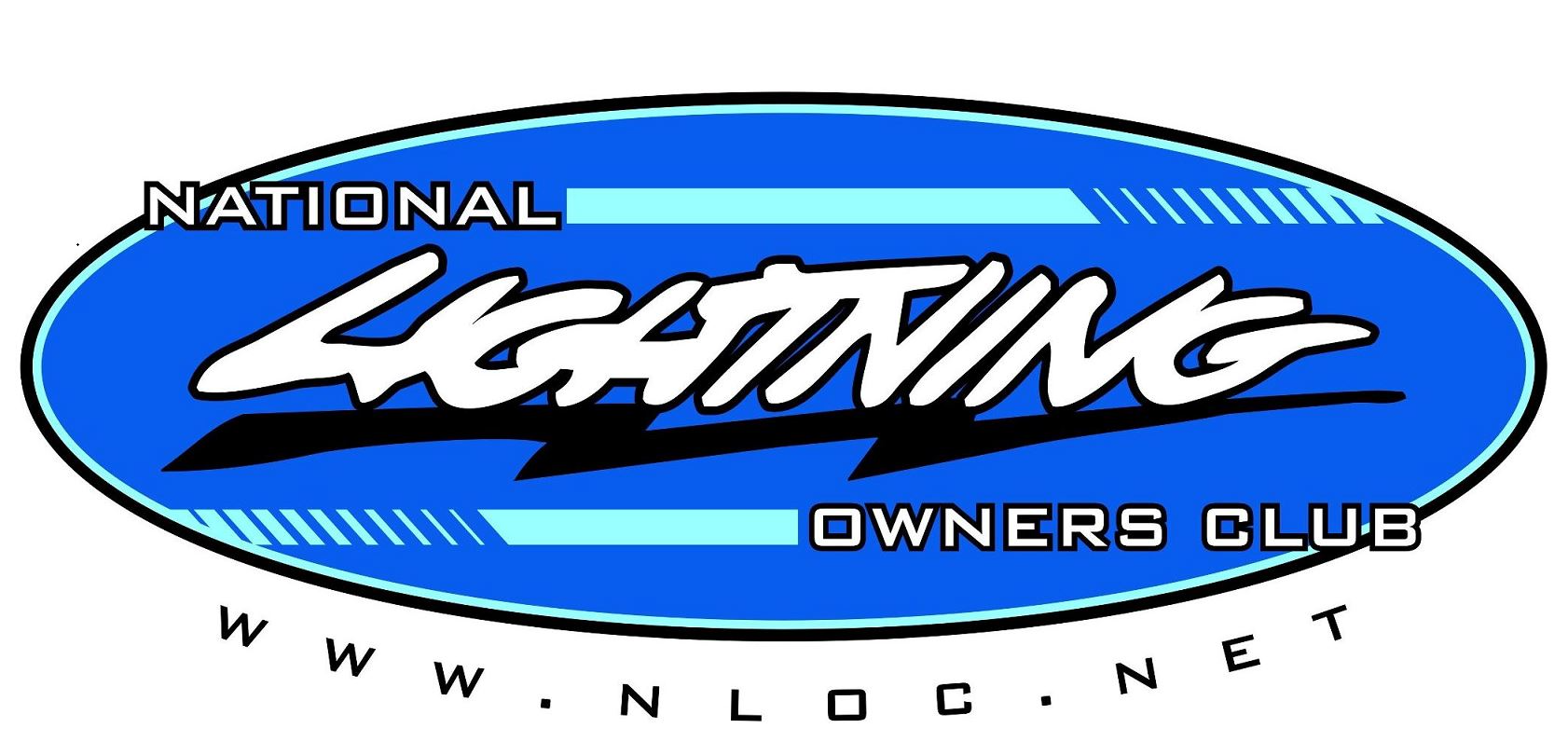Hello everyone, this is officially my first help thread. I’ve owned my 94 Lightning for about a year and a half now, and apart from replacing minor parts here and there, it’s been solid. About a month ago while sitting at a light, it’s started bogging and chugging really badly. That cleared up almost right away, but it developed a misfire to the point it’s not drivable. I found no codes on the reader, active or stored. I’ve replaced the following:
Plugs
Wires
Coil
Cap and rotor
Upper plenum gasket
PCV and hoses
IAT/Coolant temp/O2 sensors
IACV valve
Fuel filter
Injector pintle caps and O rings
Just checked timing and it’s at 12*, although it’s jumping back and forth off the mark a bit.
Checked fuel pressure which shows:
2psi key on engine off
31psi key on engine on
41psi key on engine on with the fpr vacuum off
Bleeds back down to 5psi after it’s shut down with the key on.
Does this on both tanks. It sounds almost like it has a cam and sputters up and down the rpm range. I truly appreciate any insight.
Plugs
Wires
Coil
Cap and rotor
Upper plenum gasket
PCV and hoses
IAT/Coolant temp/O2 sensors
IACV valve
Fuel filter
Injector pintle caps and O rings
Just checked timing and it’s at 12*, although it’s jumping back and forth off the mark a bit.
Checked fuel pressure which shows:
2psi key on engine off
31psi key on engine on
41psi key on engine on with the fpr vacuum off
Bleeds back down to 5psi after it’s shut down with the key on.
Does this on both tanks. It sounds almost like it has a cam and sputters up and down the rpm range. I truly appreciate any insight.



